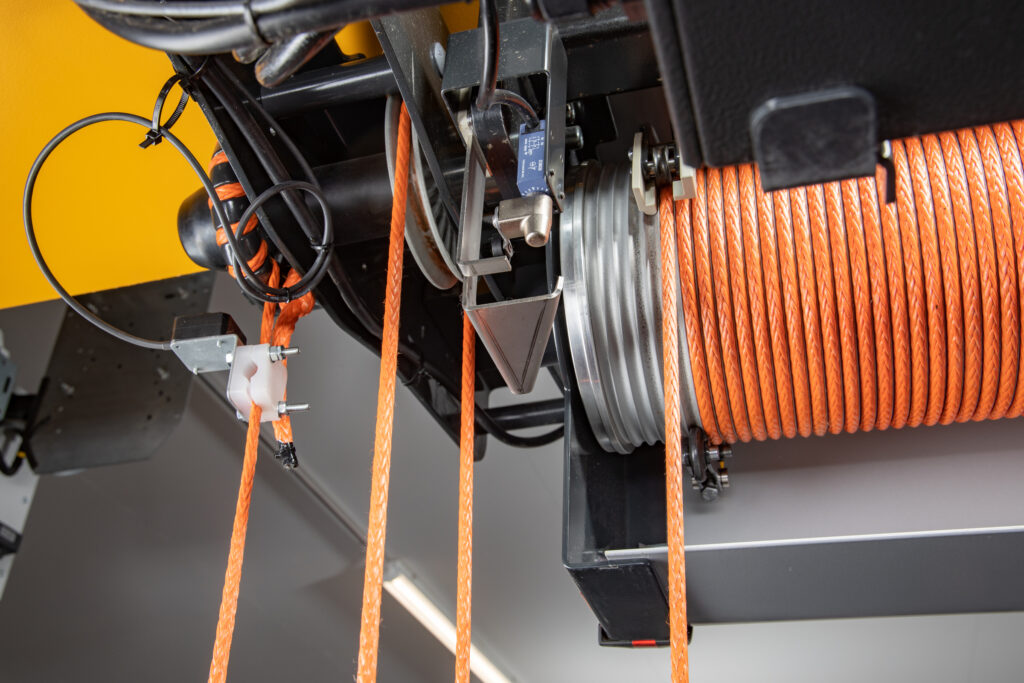“Konecranes innovative synthetic wire rope delivers improved performance, total reliability with enhanced safety to S-Series hoists and associated equipment where it matters most, on the factory floor. Konecranes were the first to introduce synthetic rope into their standard product and this has resulted in our synthetic wire rope becoming the industry benchmark” says Ian Grobler, Sales Manager for Konecranes and Demag South Africa.
The Konecranes synthetic wire rope reduces wear on the drum and reeving components due to less surface pressure and friction. The Dyneema fibre used in the synthetic composition, makes it more durable than steel wire and eliminates lubrication resulting in reduced maintenance costs.
“Konecranes was the first industrial overhead cranes company to use the Dyneema fiber as standard for hoisting. Dyneema is one of the world’s strongest fibers that has been used for more than 30 years in demanding rigging applications such as lifting slings, mooring, and towing large sea vessels” Grobler said.
The synthetic rope is perfect for reeving and its stable symmetric structure eliminates traditional rope defects. Less surface pressure reduces wear and tear considerably. It is strong, durable, visible and easy to handle.
The synthetic wire rope has undergone rigorous testing such as:
- splicing – the splicing proves to be the strongest part of the synthetic rope in splicing tests.
- chemical testing – tested in hydrochloric acid for five hours the synthetic rope showed no damage whilst the steel rope splintered and then broke first on the test bed.
- grinding and sparks
- sharp edge testing was conducted on the synthetic wire by our research and development technicians.
“Comparative tests with steel rope were also conducted reflecting the superior strength of the synthetic rope in pressure testing with the steel rope breaking first. The synthetic rope consistently exceeds a breaking strength of 5.1” concluded Grobler.
Synthetic rope is also less vulnerable for traditional rope defects such as birdcaging or kinks thereby reducing replacement costs. It is easier and safer to handle due to its lighter weight – 80% lighter than steel rope – and it does not fray or produce the sharp barbs common on steel wire rope, reducing the chance of hand injuries.



